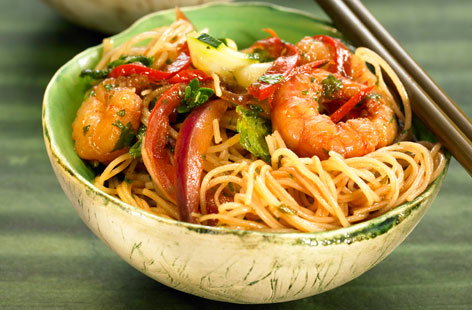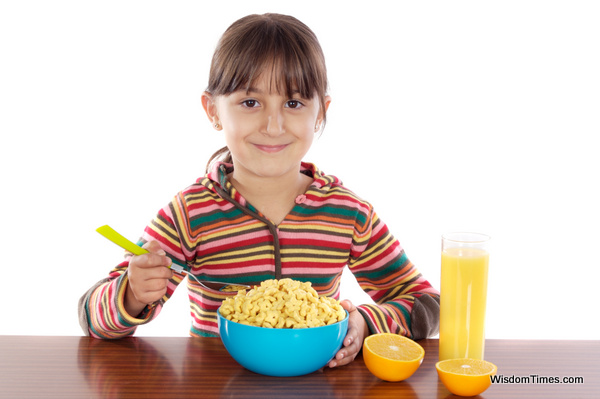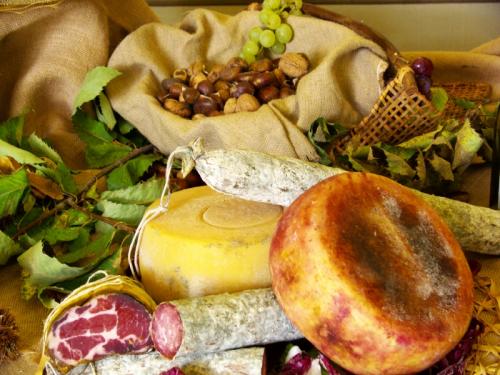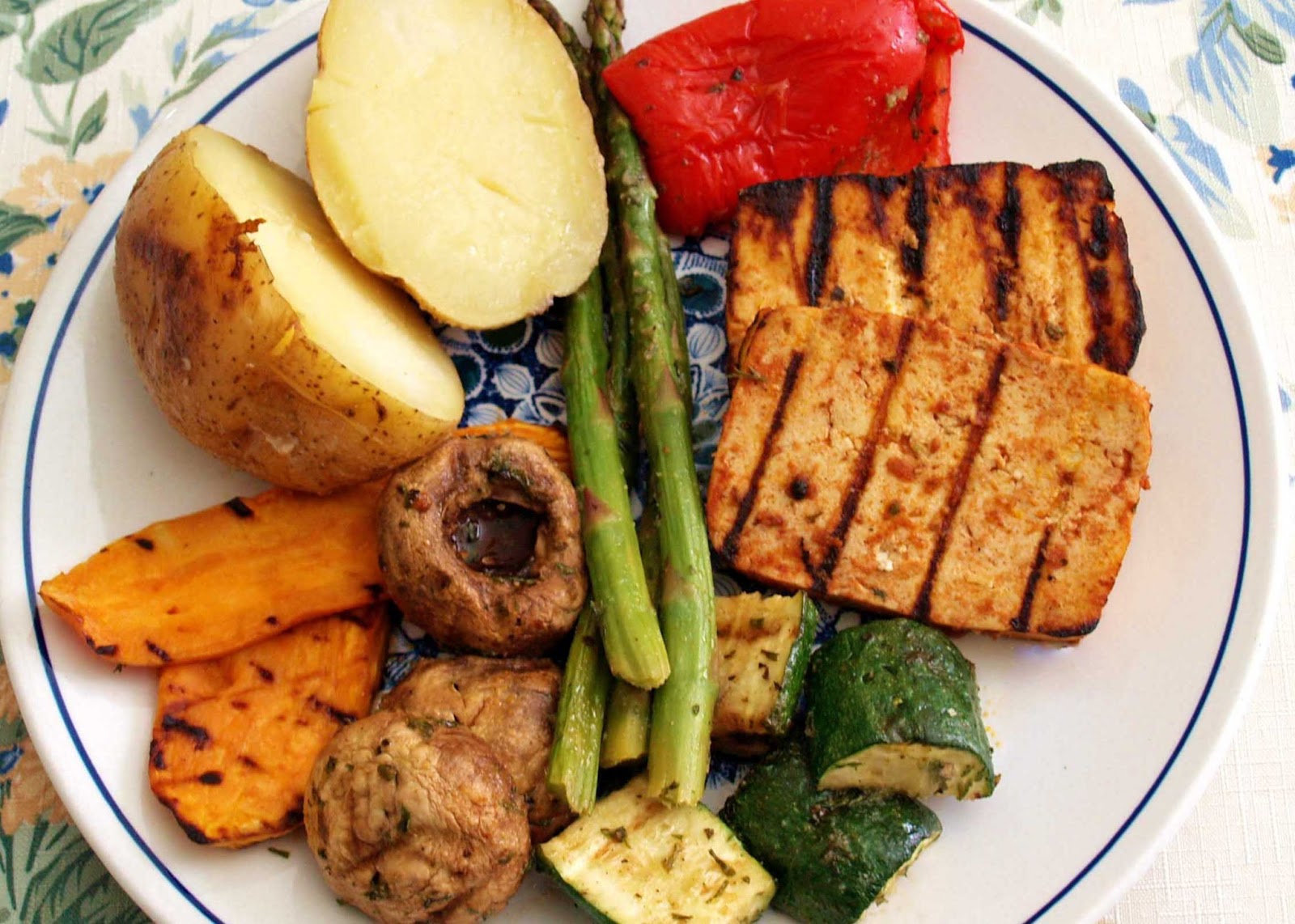Source:- Google.com.pk
The fruit and veg is sourced both locally and (for more variety) from the Mediterranean - mainly Italy and Spain - which is transported by road and not by air.
odin organic veg fruit
The package can be ordered from any participating health food shop. You pick up the package weekly on a specific day and you always have to pay a week in advance. It is possible to skip week(s) if you are away on holiday.
If you live in Netherlands then this scheme should be considered - you will be supporting local producers and smaller local shops - as well as eating healthy, quality organic produce. Pop into your local health store to order an Odin package - check Odin's website here - click "afhaalpunt" to find participating stores.
Farmer's Markets in Amsterdam
There are regular organic farmer's markets ("boerenmarkt") held in Amsterdam.
The markets have a pleasant atmosphere.
De Pure Markt - Large Sunday market event which takes place at 2 locations every month in the south of Amsterdam (at Frankendael Park and Amstel Park) although it is not so active during the winter. Some stalls sell organic produce. See our What's On in Amsterdam section for specific dates.
Natural Health Food Stores (natuur winkels) in Amsterdam
Estafette is one of our favourite organic food stores with 18 locations throughout Netherlands. The staff are friendly and they usually have good offers running on a weekly basis. There are 4 stores in the Amsterdam area: Ceintuurbaan 220 (De Pijp/Zuid), 2e H. de Grootstraat 9-11 (Westerpark), Oostelijke Handelskade 1043 (Zeeburg) and Bos en Lommerweg 261 (Bos en Lommer) - all offer the Odin packages.
A poor diet may have an injurious impact on health, causing deficiency diseases such as scurvy[2] and kwashiorkor;[3] health-threatening conditions like obesity[4][5] and metabolic syndrome;[6] and such
Hippocrates lived about 400 BC, yet Galen and the understanding of nutrition followed him for centuries.
The first recorded dietary advice, carved into a Babylonian stone tablet in about 2500 BC, cautioned those with pain inside to avoid eating onions for three days. Scurvy, later found to be a vitamin C deficiency, was first described in 1500 BC in the Ebers Papyrus.[14]
According to Walter Gratzer, the study of nutrition probably began during the 6th century BC. In China, the concept of Qi developed, a spirit or "wind" similar to what Western Europeans later called pneuma.[15] Food was classified into "hot" (for example, meats, blood, ginger, and hot spices) and "cold" (green vegetables) in China, India, Malaya, and Persia.[16] Humours developed perhaps first in China alongside qi.[15] Ho the Physician concluded that diseases are caused by deficiencies of elements (Wu Xing: fire, water, earth, wood, and metal), and he classified diseases as well as prescribed diets.[16] About the same time in Italy, Alcmaeon of Croton (a Greek) wrote of the importance of equilibrium between what goes in and what goes out, and warned that imbalance would result disease marked by obesity or emaciation.[17]
Around 475 BC, Anaxagoras stated that food is absorbed by the human body and, therefore, contains "homeomerics" (generative components), suggesting the existence of nutrients.[18] Around 400 BC, Hippocrates, who recognized and was concerned with obesity, which may have been common in southern Europe at the time,[17] said, "Let food be your medicine and medicine be your food."[19] The book that is still attributed to him, Corpus Hippocraticum, called for moderation and emphasized exercise.[17]
Shoulder high portrait of a man with beard and mustache wearing a cap
Mistaken, but followed for a millennium and a half, Galen (1st century) created the first coherent theory of nutrition.[20]
Salt, pepper and other spices were prescribed for various ailments in various preparations for example mixed with vinegar. In the 2nd century BC, Cato the Elder believed that cabbage (or the urine of cabbage-eaters) could cure digestive diseases, ulcers, warts, and intoxication. Living about the turn of the millennium, Aulus Celsus, an ancient Roman doctor, believed in "strong" and "weak" foods (bread for example was strong, as were older animals and vegetables).[20]
Galen to Lind[edit]
It is hard to overlook the doctrines of Galen: In use from his life in the 1st century AD until the 17th century, it was heresy to disagree with him for 1500 years.[21] Galen was physician to gladiators in Pergamon, and in Rome, physician to Marcus Aurelius and the three emperors who succeeded him.[22] Most of Galen's teachings were gathered and enhanced in the late 11th century by Benedictine monks at the School of Salerno in Regimen sanitatis Salernitanum, which still had users in the 17th century.[23] Galen believed in the bodily humours of Hippocrates, and he taught that pneuma is the source of life. Four elements (earth, air, fire and water) combine into "complexion", which combines into states (the four temperaments: sanguine, phlegmatic, choleric, and melancholic). The states are made up of pairs of attributes (hot and moist, cold and moist, hot and dry, and cold and dry), which are made of four humours: blood, phlegm, green (or yellow) bile, and black bile (the bodily form of the elements). Galen thought that for a person to have gout, kidney stones, or arthritis was scandalous, which Gratzer likens to Samuel Butler's Erehwon (1872) where sickness is a crime.[21]
In the 1500s, Paracelsus was probably the first to criticize Galen publicly.[21] Also in the 16th century, scientist and artist Leonardo da Vinci compared metabolism to a burning candle. Leonardo did not publish his works on this subject, but he was not afraid of thinking for himself and he definitely disagreed with Galen.[16] Ultimately, 16th century works of Andreas Vesalius, sometimes called the father of modern medicine, overturned Galen's ideas.[25] He was followed by piercing thought amalgamated with the era's mysticism and religion sometimes fueled by the mechanics of Newton and Galileo. Jan Baptist van Helmont, who discovered several gases such as carbon dioxide, performed the first quantitative experiment. Robert Boyle advanced chemistry. Sanctorius measured body weight. Physician Herman Boerhaave modeled the digestive process. Physiologist Albrecht von Haller worked out the difference between nerves and muscles.[26]
Biomarkt is a health-food store at Weteringschans 133-137, near Wetering Circuit/Heineken brewery. They also have a counter selling supplements and cosmetics.
Deshima Natural Food Shop is found at Weteringschans 65 (near Paradiso/Leidseplein) and specialises in organic, macrobiotic and vegan foods. Part of the Kushi Institute of Europe, they sell a wide variety of rice/noodles/cereals/grains/nuts, Japanese kitchenware plus a good selection of books. There is also a snack counter selling sushi, salads, sandwiches and soups.
Organic Food For You is an up-market health food store with 2 shops in Amsterdam - one at Vijzelstraat 129 (not far from Muntplein), the other at Cornelis Schuytstraat 26/28 (off De Lairessestraat in Museum Quarter).
Eko Plaza is a chain of organic supermarkets which has 11 locations in Amsterdam. The shops were formerly called Natuur Winkel. These large stores have a comprehensive assortment of organic
Healthy Food Health Tips in Urdu for Kids In Hindi for Women for 2012 for Men for Summer in Urdu for Man Tamil Images
Healthy Food Health Tips in Urdu for Kids In Hindi for Women for 2012 for Men for Summer in Urdu for Man Tamil Images
Healthy Food Health Tips in Urdu for Kids In Hindi for Women for 2012 for Men for Summer in Urdu for Man Tamil Images
Healthy Food Health Tips in Urdu for Kids In Hindi for Women for 2012 for Men for Summer in Urdu for Man Tamil Images
Healthy Food Health Tips in Urdu for Kids In Hindi for Women for 2012 for Men for Summer in Urdu for Man Tamil Images
Healthy Food Health Tips in Urdu for Kids In Hindi for Women for 2012 for Men for Summer in Urdu for Man Tamil Images
Healthy Food Health Tips in Urdu for Kids In Hindi for Women for 2012 for Men for Summer in Urdu for Man Tamil Images
Healthy Food Health Tips in Urdu for Kids In Hindi for Women for 2012 for Men for Summer in Urdu for Man Tamil Images
Healthy Food Health Tips in Urdu for Kids In Hindi for Women for 2012 for Men for Summer in Urdu for Man Tamil Images
Healthy Food Health Tips in Urdu for Kids In Hindi for Women for 2012 for Men for Summer in Urdu for Man Tamil Images
Healthy Food Health Tips in Urdu for Kids In Hindi for Women for 2012 for Men for Summer in Urdu for Man Tamil Images















































